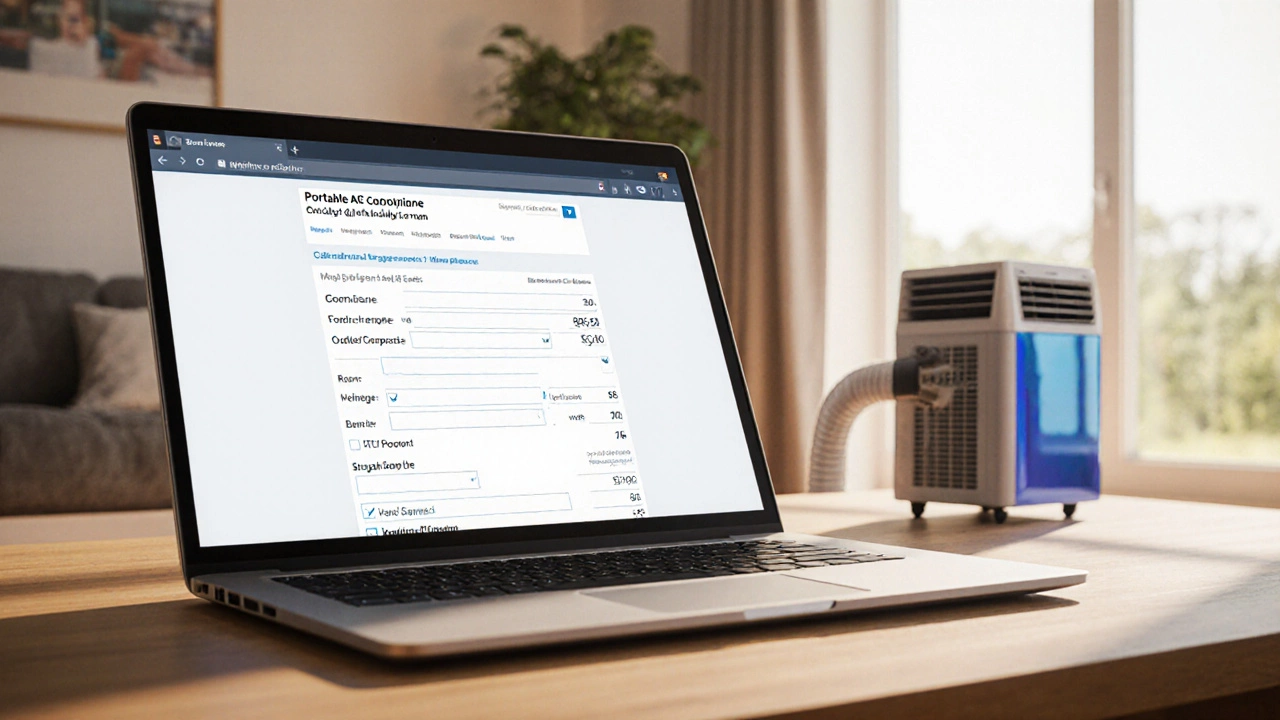Got a portable AC and want it to actually cool your room without blowing your budget? You’re in the right spot. Below you’ll find straight‑forward advice on where to put the unit, how long you can run it, and simple tricks to keep it humming efficiently.
The first thing to check is ventilation. Most portable units need an exhaust hose that pushes hot air out a window or a gap. Pick a window that’s easy to open and close, and keep the hose as short and straight as possible – every extra bend costs you cooling power. If you have a double‑pane window, use a vent kit that seals around the hose; it stops drafts and helps the AC work harder on the room, not on the leak.
Next, think about room size. A unit rated for 8,000 BTU will cool roughly a 150‑ft² space on a mild day. Bigger rooms need bigger BTUs or a second unit. If you’re unsure, compare the unit’s BTU rating to the room square footage: 20 BTU per square foot is a good rule of thumb. Too small and you’ll hear the fan running forever without dropping the temperature.
Can you leave it on 24/7? Yes, but it will cost more and wear out faster. A safer approach is to set a timer or use the built‑in thermostat. When the room hits your desired temperature, let the unit switch to fan‑only mode. That still circulates air and uses far less power.
Safety-wise, keep the floor dry and give the unit about an inch of clearance on all sides. Dust builds up on the filter and coils; a clogged filter makes the motor work harder and can overheat. Clean the filter weekly – most units just snap out and rinse under warm water.
Energy cost can be tamed with a few habits. Turn off other heat sources (like space heaters) while the AC runs, and close blinds during the hottest part of the day. If your electricity plan has off‑peak rates, schedule the AC to run more during those cheap hours.Lastly, watch for warning signs: strange noises, water leaks, or the unit cycling on and off rapidly. Those usually mean the hose is blocked, the drain is full, or the thermostat is confused. A quick check of the hose and emptying the condensate tray often fixes the problem.
With the right placement, proper sizing, regular cleaning, and smart use of timers, your portable air conditioner can keep you cool without blowing up your bill or breaking down early. Give these tips a try and you’ll notice a steadier temperature drop, quieter operation, and a longer lifespan for your unit.

Learn how to determine the optimal daily runtime for a portable air conditioner, factoring in room size, humidity, BTU rating, and energy costs to stay cool efficiently.